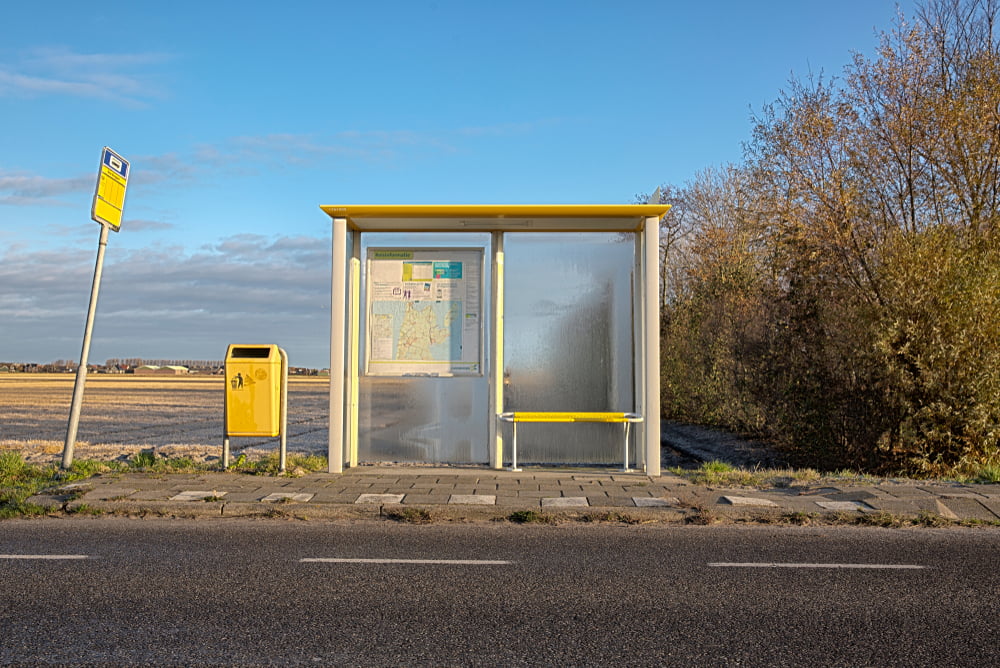Statistics Netherlands has carried out a follow-up study into the risk of transport poverty for the province of Fryslân on behalf of DataFryslân.
In Fryslân, 8,4 percent of households had a high or very high risk of transport poverty in 2020. The distance to the supermarket and the proximity of family play an important role in this. Statistics Netherlands has carried out a follow-up study into the risk of transport poverty for the province of Fryslân on behalf of DataFryslân.
Transport poverty means a lack of transport options, as a result of which you cannot or cannot get where you want to go. This hinders people in their participation in social and economic activities. There are several factors that play a role in transport poverty, for example vehicle ownership, income and health.
Of the total of 305 thousand households in Fryslân, almost 26 thousand households had a high to very high risk of transport poverty in 2020. The majority of Frisian households had a low or very low risk of transport poverty, 50,5 and 41,1 percent respectively.

4 out of 10 Fryske households live far from the supermarket
The risk of transport poverty among households is determined on the basis of nine sub-indicators, including vehicle ownership, household income, household characteristics and proximity to destinations. For example, if households do not live near a supermarket, this contributes to a higher risk of transport poverty.
Almost 44 percent of all Frisian households lived at a distance of 800 meters or more from a supermarket (measured by road). This indicates a high risk of transport poverty. In addition, more than 26 percent of households had close relatives living more than 20 kilometers away, and 23 percent of households did not own a car or other motor vehicle.
Highest risk in Harlingen, Ooststellingwerf and Smallingerland
The Frisian municipalities where relatively most households ran a high or very high risk of transport poverty are Harlingen (13,9 percent), Ooststellingwerf (11,3 percent) and Smallingerland (11,2 percent). It was relatively common in these municipalities that households lived far from the supermarket, did not live near close relatives and/or did not have a motor vehicle. Municipalities in Fryslân where relatively the fewest households had a high or very high risk of transport poverty are the Wadden Islands. On these islands, only a small proportion of people have no public transport or supermarket nearby, it said CBS.


